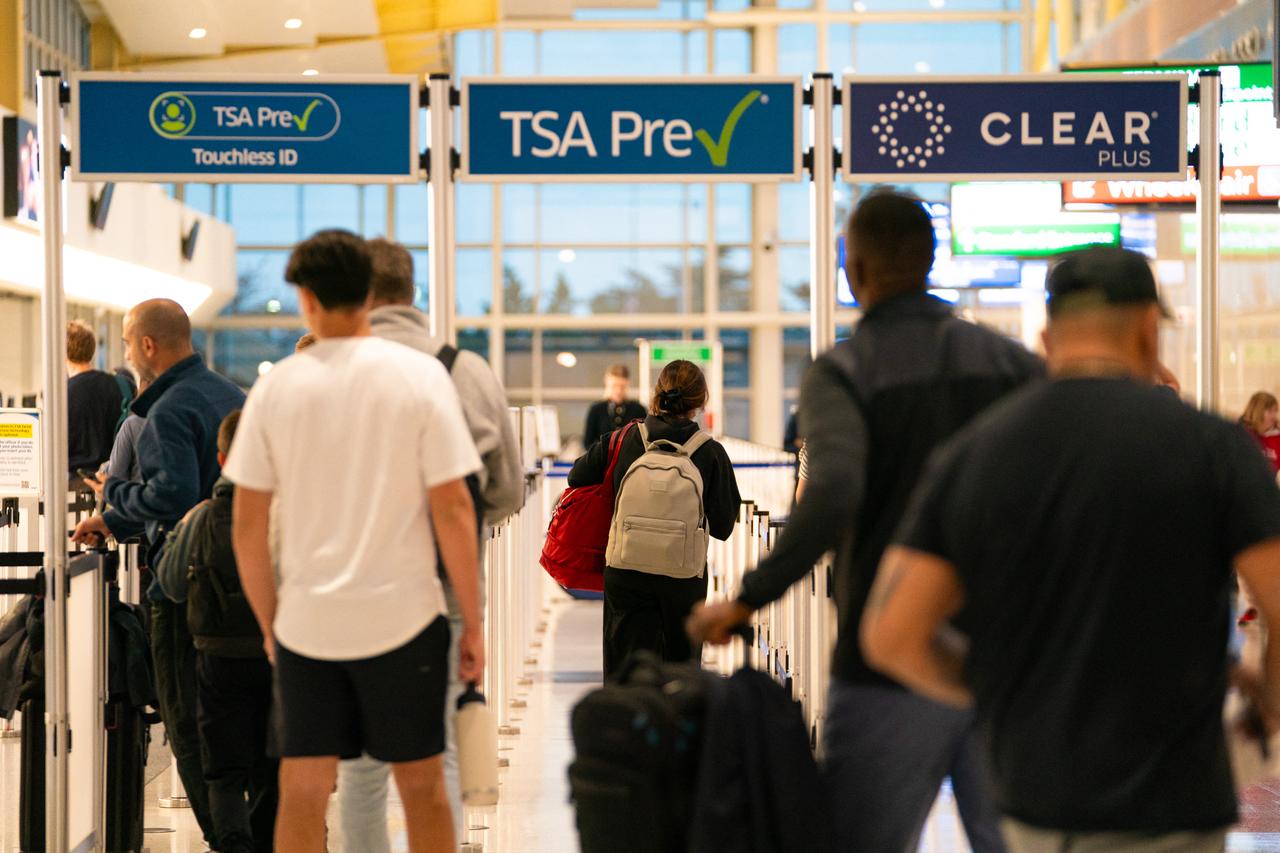
Air travel across the United States continues to suffer major disruptions as the federal government’s partial shutdown stretches into its 40th day, with more than 2,700 flights canceled nationwide on Sunday alone.
According to flight-tracking platform FlightAware, nearly 10,000 additional flights experienced delays throughout the day, reflecting the growing strain on aviation operations.
The ongoing shutdown has sharply reduced the number of active air traffic controllers on duty, prompting widespread cancellations and congested airport operations. Airlines have blamed the disruptions on limited staffing, citing the government closure as the main cause behind the breakdown in scheduling and coordination.
U.S. Transportation Secretary Sean Duffy warned that air traffic could be reduced by up to 20% if the shutdown continues, signaling potential long-term impacts on passenger and cargo movement. Duffy said that sustained cuts in operational capacity would likely force airlines to limit routes and frequencies until normal staffing levels return.
The Federal Aviation Administration (FAA) has struggled to maintain regular operations with many of its employees furloughed or working without pay. While essential staff remain active, the absence of full support teams has disrupted both domestic and international flight management, increasing pressure on airport systems nationwide.

The latest wave of disruptions followed more than 1,000 flight cancellations on Friday and over 1,500 on Saturday. Major airports in cities such as New York, Chicago, and Atlanta have been among the hardest hit, with passengers facing long delays, diversions, and limited rebooking options.
Airlines have redirected blame toward Washington, saying that the lack of federal coordination has left carriers unable to guarantee schedules or respond quickly to emergencies. Some operators have warned that if the shutdown persists, the country’s aviation network could experience cascading effects, including logistical bottlenecks and crew shortages.
Despite the ongoing disruptions, a potential breakthrough in Congress has raised hopes for an end to the crisis. The U.S. Senate voted 60-40 on Sunday to advance a bipartisan funding bill that could reopen the government within days if approved by the House of Representatives and signed by President Donald Trump.
Until then, air travel remains severely constrained, with industry analysts warning that even after a resolution, it could take weeks for the system to recover from the backlog caused by one of the longest shutdowns in U.S. history.